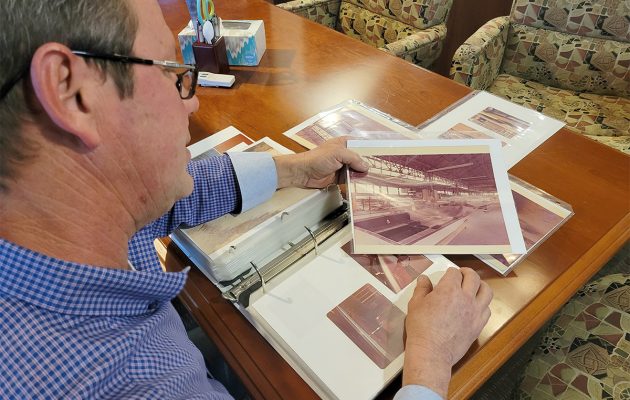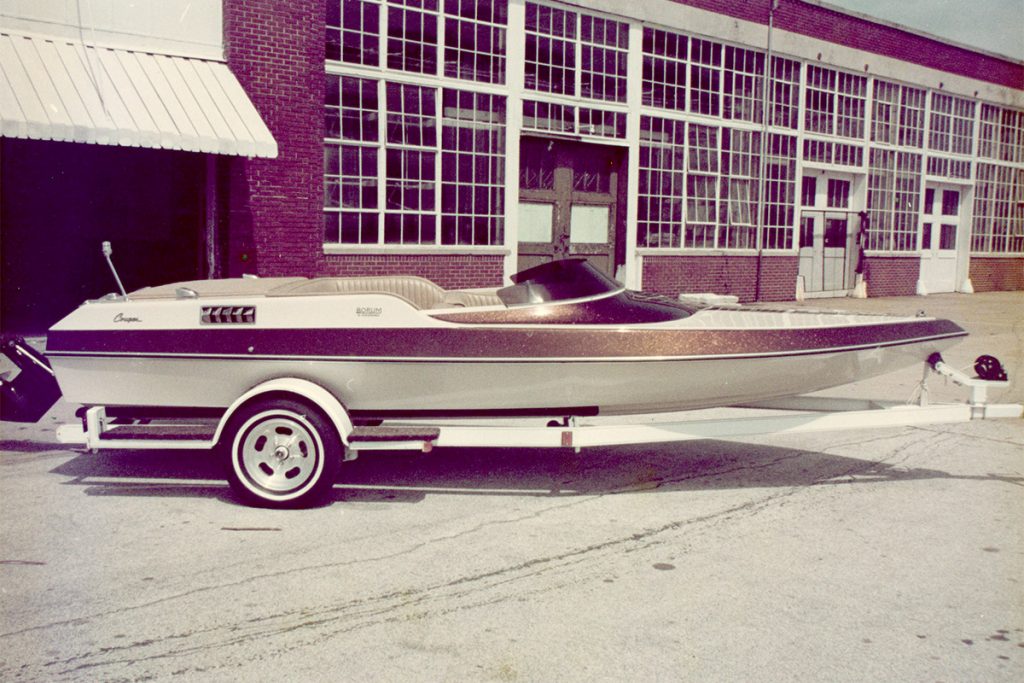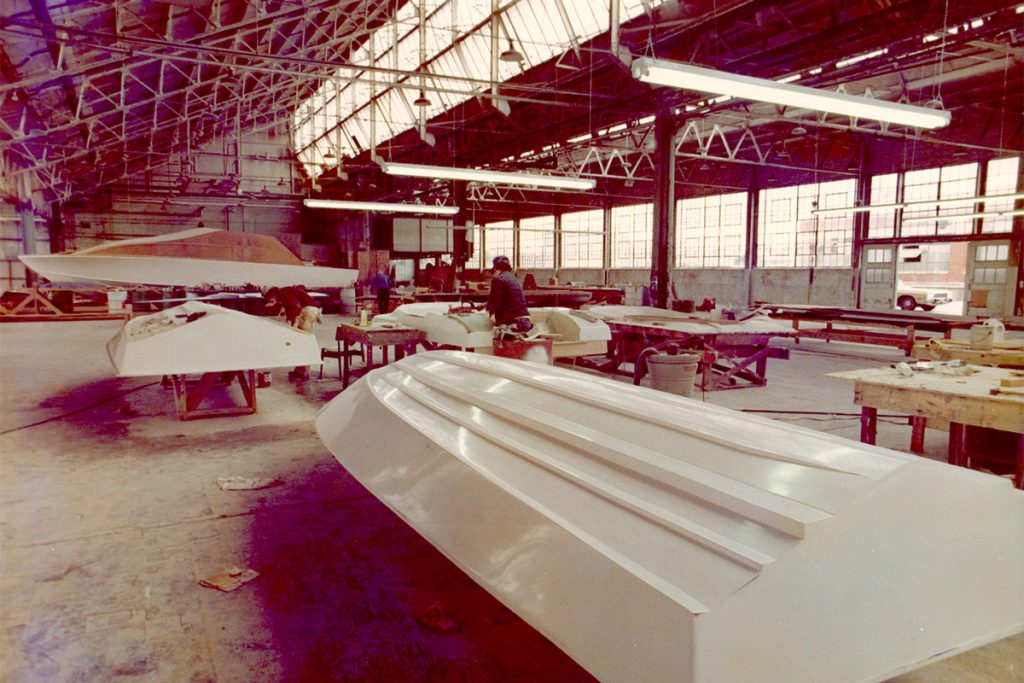From the open road to the open sea: Borum Boats’ chapter at the old Ford Motor Plant

Since last October, Jacksonville has been preparing to bid farewell to the old Ford Motor Plant as time inevitably draws it closer and closer to total demolition.
In November, The Resident reported on the Land Use and Zoning (LUZ) committee ruling supporting Amkin Hill Street LLC’s appeal of Jacksonville Historic Preservation Commission’s denial of its application for a certificate of appropriateness to demolish the factory. The following week, the City Council upheld the LUZ ruling, thus allowing the property owner to move forward with the demolition.
Since the publication of that article, Marcis Borum — the son and grandson of former tenants of the old Ford Motor Plant — reached out to The Resident to share his memories of his family’s 10 years manufacturing boats in the former automobile plant.
In the 50 years it was in business — from 1940 to 1990 — Borum High Performance Boats manufactured more than 10,000 boats, Borum said, but the 10 years the business was housed at 1900 Wambolt Street remains a special time for him. A three-ring binder of sales documents, news clippings and old photographs serves as the legacy of his family’s business — the binder his father took with him on every business trip that was then given to Borum by his mother after his father passed.

Seated at the conference table at The Resident’s office, Borum pulled photos from the binder in their protective plastic sleeves showing the old Ford Motor Plant as it was in the 1970s, when his family was there.
“There was still black paint in underground tanks, oil in underground tanks,” he recalled. “And if I remember right, when I was a kid, I remember there were rails, like train tracks but they were just in the concrete for the assembly line.”
“The building was so much nicer,” he added. “It was almost like Ford hadn’t left that long ago and it was so well maintained.”
‘Bright’ may not be a word that immediately comes to mind as one views the rundown structure sprawling out over the St. Johns River beside the Mathews Bridge today, but Borum said that’s precisely what it was when sunlight came streaming through the skylight and windows lining the sides of the building. Light filled the open space, bouncing off the walls and ceilings and illuminating everything so well, not a single light bulb was needed to enhance it during the day.
“Well they didn’t have fluorescent lighting [when the plant was built] — you’re looking at Edison bulbs back then — so you had to have as much natural light and that’s what was really cool that I remember, that kinda stuck to me, how much natural light there was. It was so well-lit, naturally…Everything just lit up and it would glow” he said, pointing to a photograph of the building’s exterior and all of the intact windows running the length of the building’s side.

Later, his grandfather and father — Otis and Don Borum, respectively — did install fluorescent lighting, he added.
Borum said he’s sad to see the building go, but acknowledged that kind of riverfront property has become extremely valuable commodity.
“I think if it wasn’t on the river, Jacksonville would probably do something about it,” he speculated. “But now we need to probably sacrifice that history and that building being there to move forward and for Jacksonville to grow. Because we gotta grow, right?”
In accordance with a floor amendment at that October City Council meeting, the Jacksonville Historical Society (JHS) has conducted its documentation of the plant, engaging the services of photographer Mark Krancer and preservation advocate Ennis Davis to complete the project.
JHS Chief of Staff and Communications Director Kate Hallock confirmed demolition of the building has already begun.
By Michele Leivas
Resident Community News






